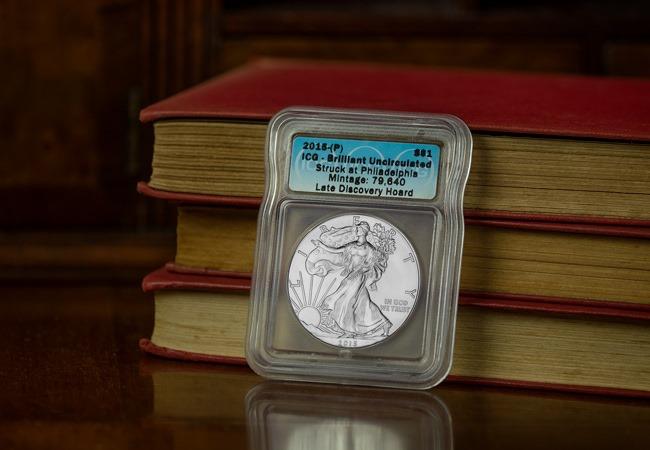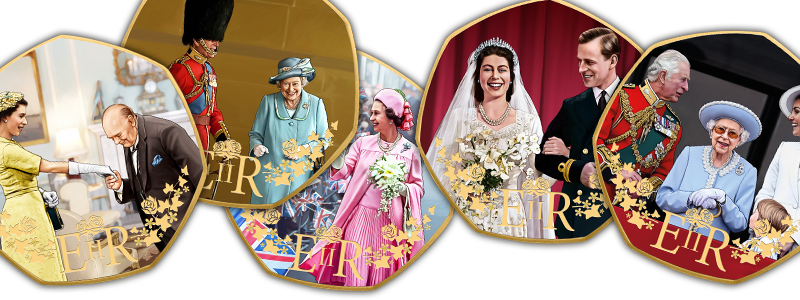Uncategorized
Collectors Guide: What makes a coin so collectable?
The world’s most expensive coin, the Flowing Hair Dollar, went up for auction yesterday. In 2010 it sold for just under $8 million, three years later it set a world record when it sold for over $10 million. It was bought by a collector to add to a unique collection of Early Silver Dollars – including the 1804 Draped Bust Dollar which made headlines when it sold for over $3 million in 2017.
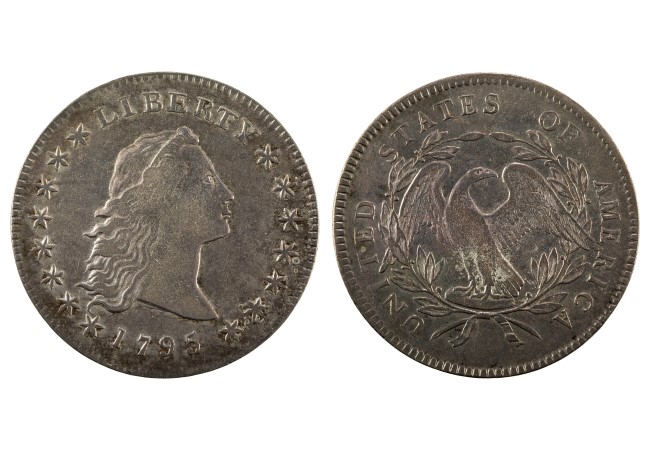
What makes a coin collectable?
It’s incredible to think that a 1 dollar coin could be worth millions today, but there’s several things that determine the numismatic value and collectability of a coin. So we’ve put together a collector’s guide to help you know what to look out for when adding coins to your collection.
Several things determine the numismatic value and collectability of a coin – usually it’s based on the type of coin, the year it was minted, the place it was minted and even its condition or finish. But the biggest factor is probably the mintage of a coin and its rarity.
Mintage and Rarity
It’s the old rule of supply and demand – the less that are made, the more difficult a coin is to source and the more collectable it becomes. There are thought to be less than 150 of the Flowing hair dollars in existence today which contributes to the value of them.
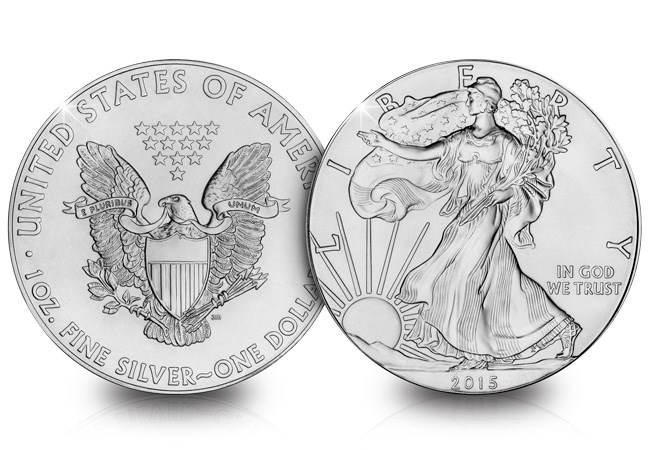
Or take for example the US 2015 Silver Eagle. This had a mintage of just 79,640, making it three times rarer than the second rarest silver Eagle (this year’s COVID Eagle). As these were snapped up by collectors, they have become more and more scarce, and in higher demand than ever, with collectors willing to pay a premium just to add one to their collections.
Year of issue
This doesn’t always mean age of the coin, but the year can play an important factor in determining the value of a coin. Generally you can expect to pay a premium for historic issues but this isn’t always the case. In fact some Roman coins can be picked up for less than £50, but coins from much more recent times, such as Victorian Crowns can sell for hundreds of pounds! Victorian crowns struck in important years, such as the 1887 Jubilee Head crowns are more desirable because of their links to significant events.
Finish
The finish of a coin, or the strike, is also an important factor to consider. Proof finished coins are struck several times with specially prepared blanks, which gives the design a particularly sharp edge and shows every detail. Proof finishes are highly desired among collectors, as are coins issued in BU – or brilliant uncirculated finish. This means the coin hasn’t been in circulation so is free from all the scratches you’d find on coins in your change.
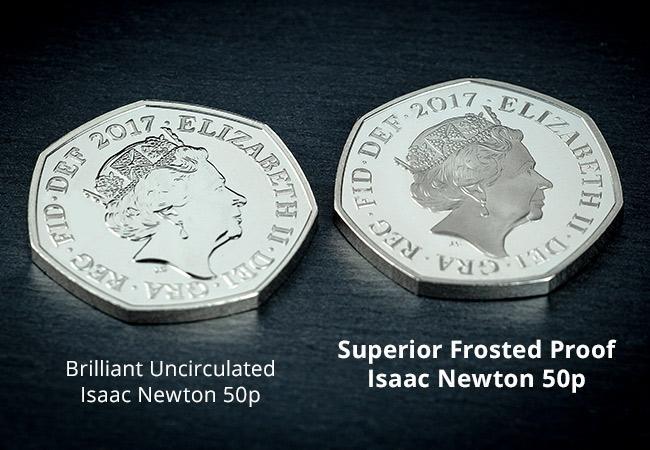
Minting location
Sometimes the mintmark or location of the mint in which a coin was struck can affect the collectability of the coin. The mintmark on a coin tells us where a coin was struck, and from that collectors use historical records to work out just how rare each coin is. For example, the Morgan Dollar was struck in 5 different mints, but the Carson City issues are the most sought after – they were struck for only 13 of the 43 years in which the Morgan Dollar was minted.

Many collectors specialise in some of these areas and build their collections around rare coins, themes and years of issue, or even mintmarks. But demand can and often will change over time and sometimes that means the value someone is willing to pay for a coin will increase over time – just as we’ve seen with the Flowing Hair Dollar.
If you’re interested…
Own the RAREST EVER Silver Eagle: Three times rarer than this year’s “Covid Eagle” we have managed to source a tiny number of these coins straight from the US. Click here to secure yours with a deposit of JUST £19.50 now >>
Honouring a Remarkable Reign: The Queen Elizabeth II Memorial Tribute Commemorative
Queen Elizabeth II’s reign is more than just history—it is a series of moments that have shaped the lives of millions and defined an era. Her journey, from a young princess during World War II to becoming the longest-serving monarch in British history, is etched into the hearts of people across the globe. Now, you have the chance to remember and honour those unforgettable moments through the Memories of Her Majesty Collection.
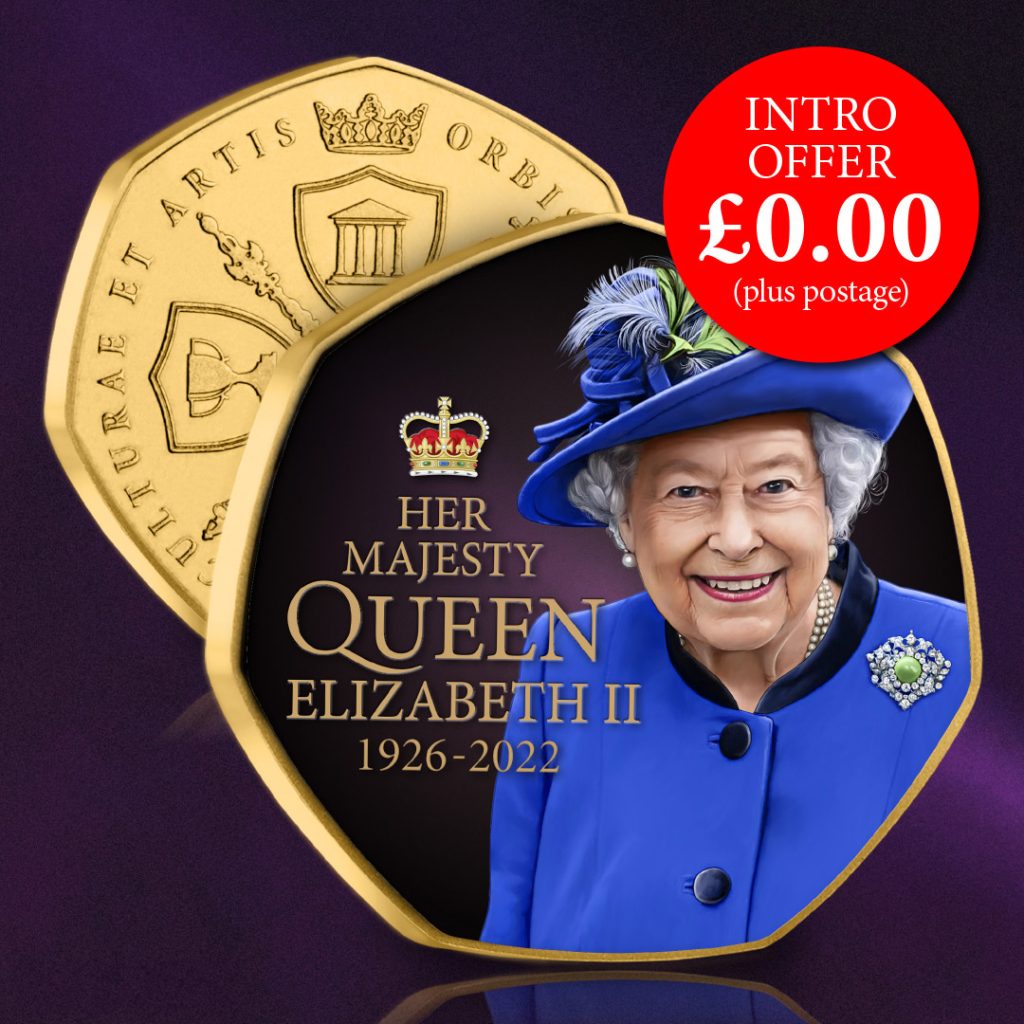
The Queen Elizabeth II Memorial Tribute Commemorative
The first commemorative in this collection, the Queen Elizabeth II Memorial Tribute, is a fitting tribute to Her Majesty’s enduring legacy and is available to you completely free as a starting piece. Featuring detailed artwork of Queen Elizabeth II, this commemorative honours her grace, elegance, and the profound impact she had on the world. Struck with immaculate precision and finished with luxurious 24-carat gold plating, it is a cherished keepsake designed to preserve her memory for generations to come.
Moments That Defined Her Majesty’s Life
The Memories of Her Majesty Collection brings together a series of commemoratives that each highlight a memorable event from Queen Elizabeth II’s extraordinary life. These commemoratives have been immaculately crafted with 24-carat gold plating and adorned with specially commissioned artwork. Here are just a few examples of the moments you will be able to celebrate and reflect upon:

1945 – Serving Her Country
As World War II neared its end, Princess Elizabeth defied expectations by joining the Auxiliary Territorial Service (ATS), becoming the first female member of the royal family to serve in the armed forces. At just 18 years old, she trained as a driver and mechanic, showcasing her dedication to duty and service—qualities that would define her reign.
1948 – Birth of Her First Child, Charles
In 1948, Princess Elizabeth welcomed her first child, Charles, into the world. This moment was particularly significant as it marked the beginning of the next generation of the royal family. Born on 14 November 1948, Charles would go on to play an important role throughout Queen Elizabeth II’s reign, eventually succeeding her as King Charles III. This personal milestone for the young princess was shared with the nation that celebrated the birth of a future monarch.
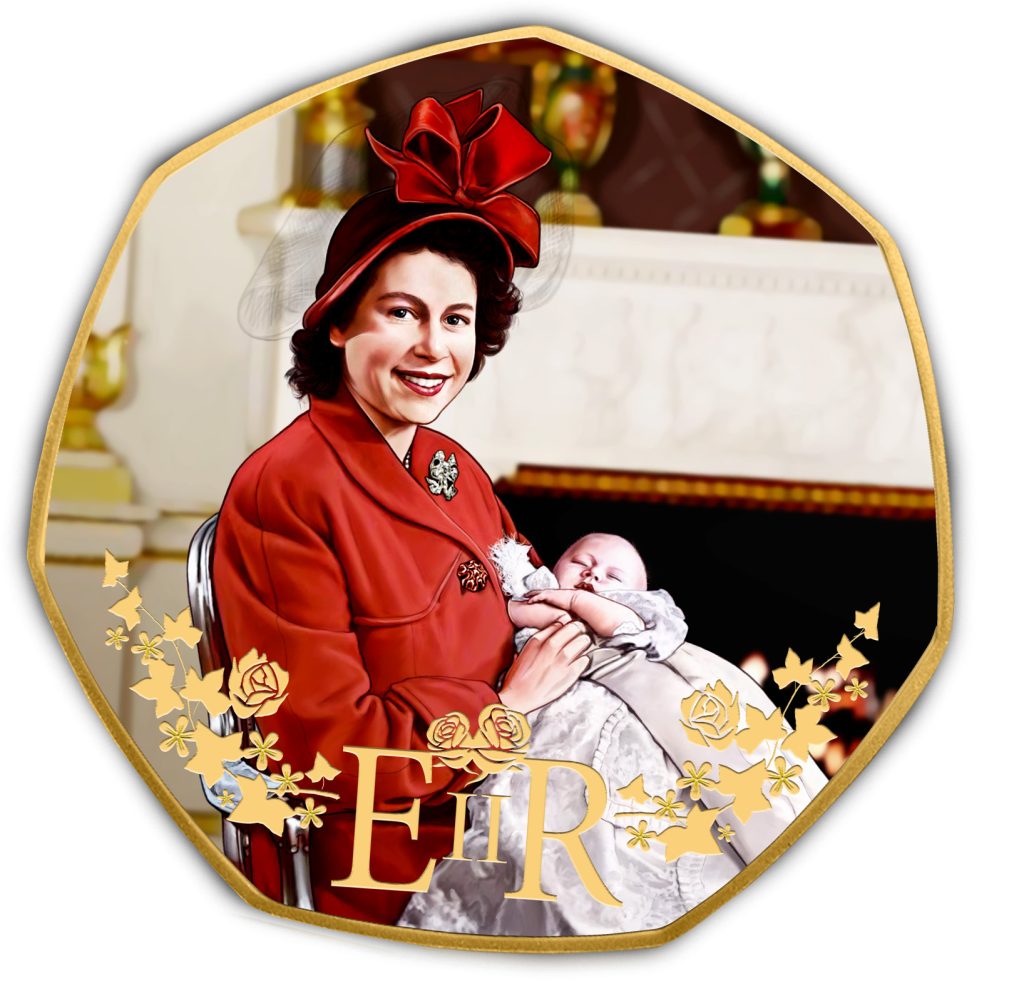
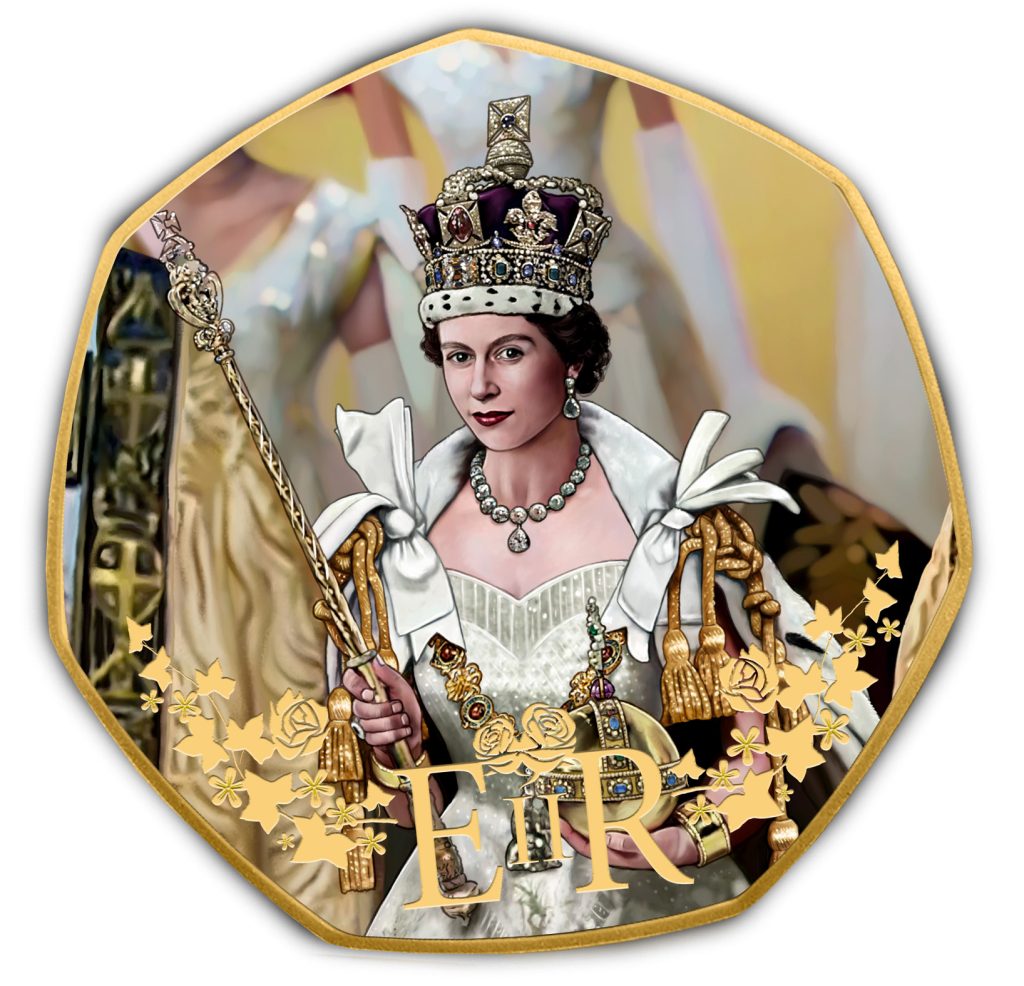
1953 – Her Majesty’s Coronation
In a moment of grandeur, the young Elizabeth was crowned Queen in Westminster Abbey on 2 June 1953. This iconic event, which was the first coronation ever televised, allowed millions to witness the solemn and deeply symbolic ceremony. It marked the beginning of her historic reign and the new Elizabethan age.
1977 – The Silver Jubilee
Celebrating 25 years as Queen, Her Majesty’s Silver Jubilee in 1977 was a nationwide celebration filled with parades, street parties, and festivities. The world watched as she reaffirmed her commitment to the nation, capturing the essence of loyalty, dedication, and continuity.

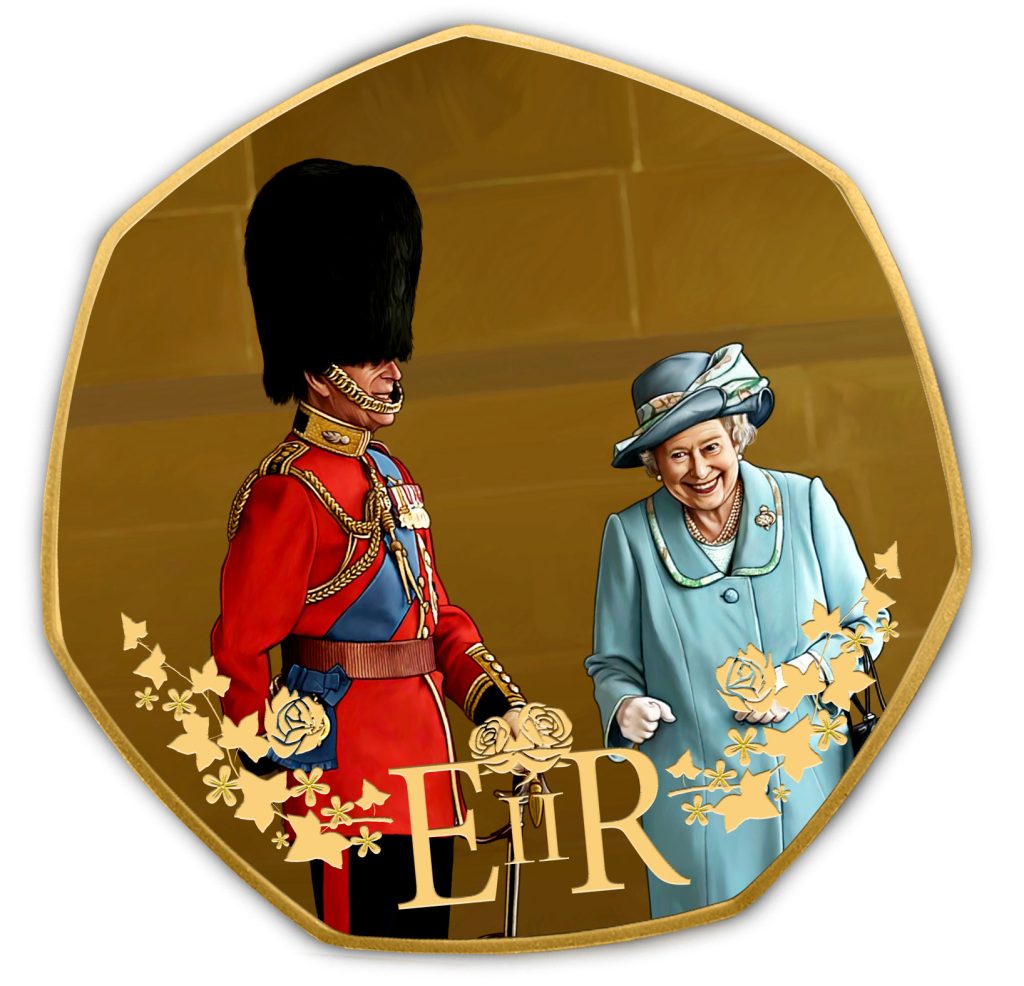
2003 – A Shared Laugh
Even in her later years, Queen Elizabeth II had moments that revealed her playful side. During an event in 2003, the Queen was caught giggling as Prince Philip stood in his Grenadier Guards uniform. It was a rare and intimate moment, demonstrating her deep affection for her husband and her ability to find joy in everyday moments.
2022 – The Platinum Jubilee
Queen Elizabeth II’s Platinum Jubilee was a historic occasion, marking 70 years on the throne—a milestone unmatched by any other British monarch. As the country celebrated her reign, the Queen’s legacy of resilience, grace, and leadership was recognised and admired across the globe.
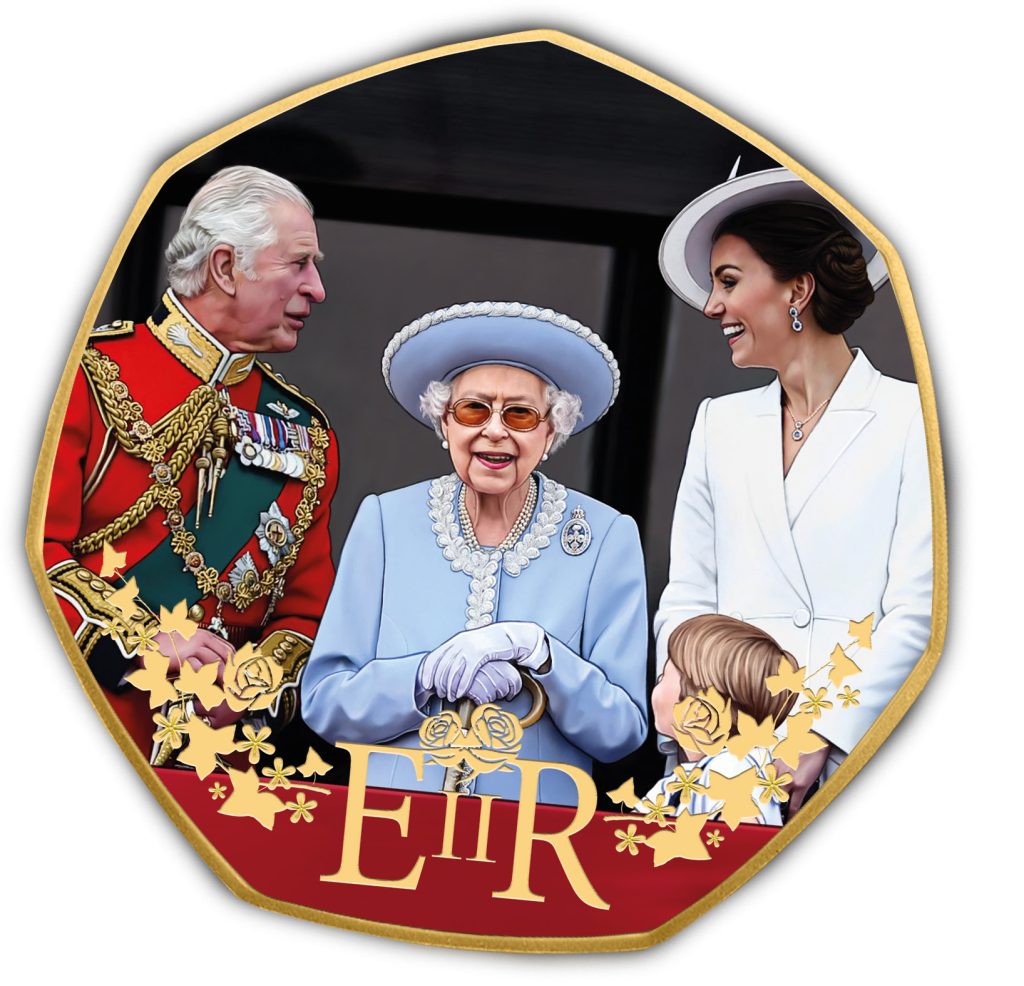
Begin Your Journey
This unique collection is a wonderful way to celebrate the life of a monarch who touched millions of lives. By starting with your free Queen Elizabeth II Memorial Tribute Commemorative, you can be part of something truly special.
As you continue collecting, each commemorative will take you on a journey through the iconic moments that defined Queen Elizabeth II’s reign—a reign unlike any other in British history.
Honour the Queen’s legacy with this beautiful tribute collection!
A Timeless Tribute to Britain’s Longest-Serving Monarch
If you’re a history enthusiast or a coin collector, there’s a unique opportunity you won’t want to miss: the chance to secure a complete collection of British Crown coins, each representing a significant moment from every decade of Queen Elizabeth II’s unparalleled 70-year reign. This collection isn’t just a series of coins; it’s a meticulously curated timeline that honours the life and legacy of a monarch who reigned through some of the most transformative times in British history.
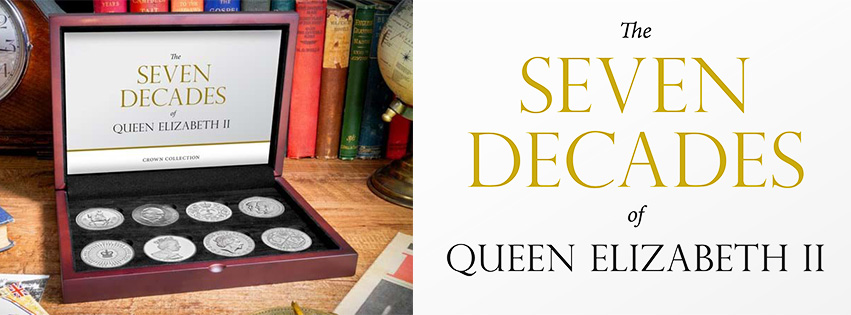
Why the Elizabeth II Decades Crown Collection is a Must-Have
This remarkable collection begins with the very first commemorative Crown issued during Queen Elizabeth II’s reign—the 1953 Coronation Crown. From there, your collection will take you through seven decades of British history, with each Crown coin marking a pivotal event during the Queen’s reign. The journey concludes with the UK 2022 In Memoriam Brilliant Uncirculated £5 coin, the first to feature King Charles III, symbolising the close of one chapter and the beginning of another in British monarchy history.
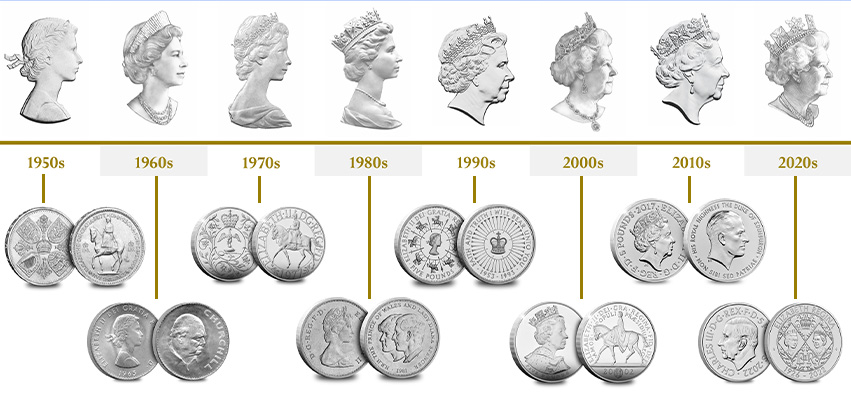
A Coin for Every Decade: The Story Behind Each Crown
The Coronation Crown
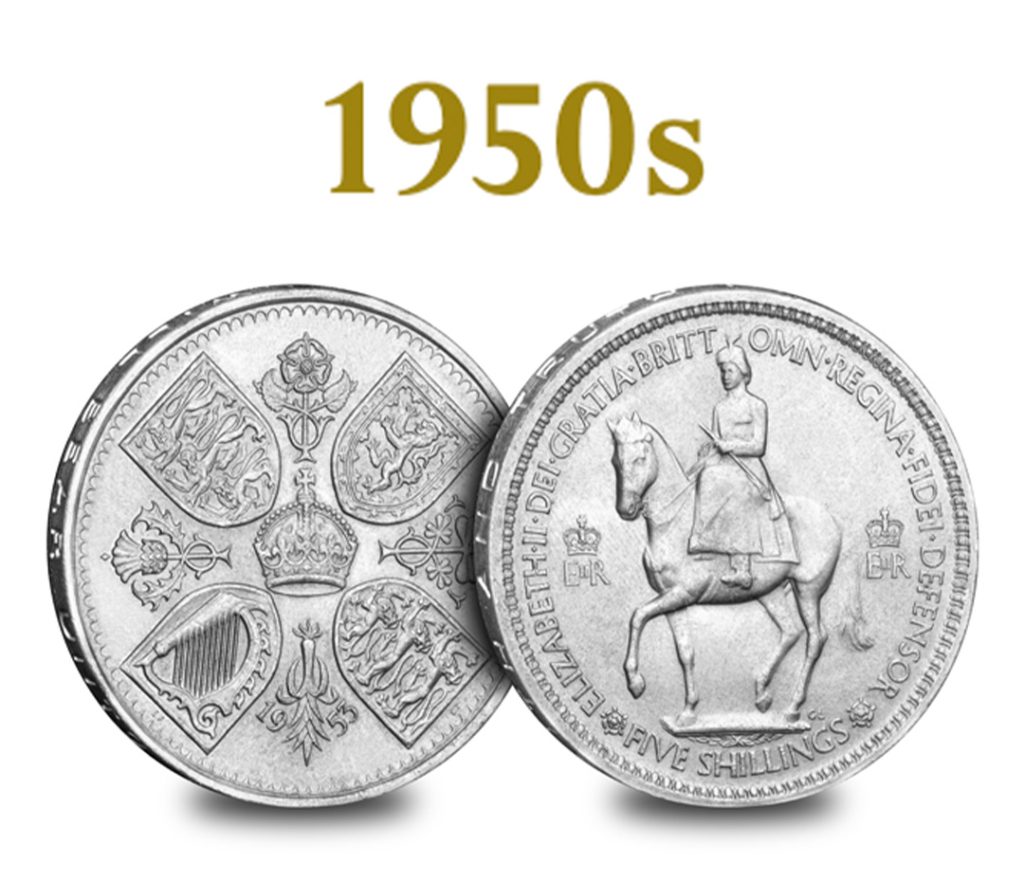
Elizabeth II’s journey as Queen began in 1952, and her Coronation was celebrated the following year with the release of the first commemorative Crown of her reign. This iconic coin features a distinctive portrait of Her Majesty on horseback, dressed in her uniform as Colonel in Chief of the Grenadier Guards.
The Churchill Commemorative Crown
The 1960s brought the passing of one of Britain’s greatest leaders, Winston Churchill. In 1965, The Royal Mint issued a Crown featuring Churchill’s portrait on the reverse, making history as the first time a non-monarch was depicted on a British coin. The obverse showcases the first official coinage portrait of Elizabeth II by Mary Gillick.
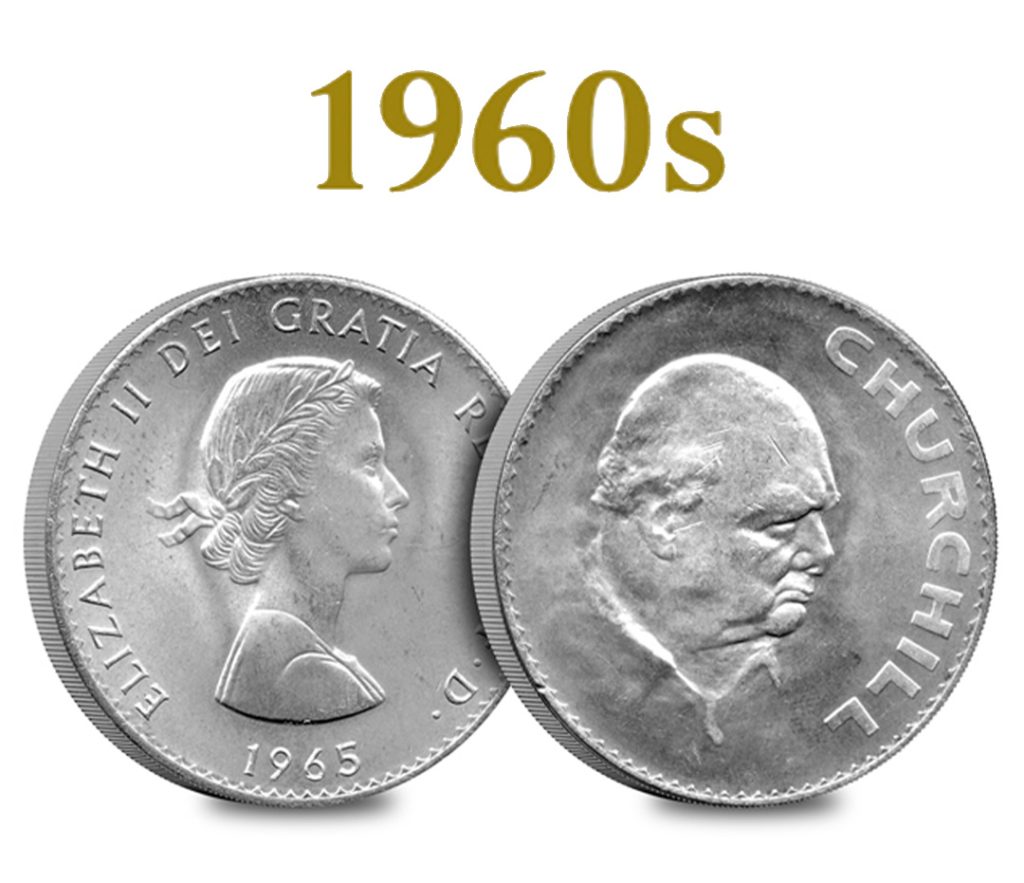
The Silver Jubilee Crown
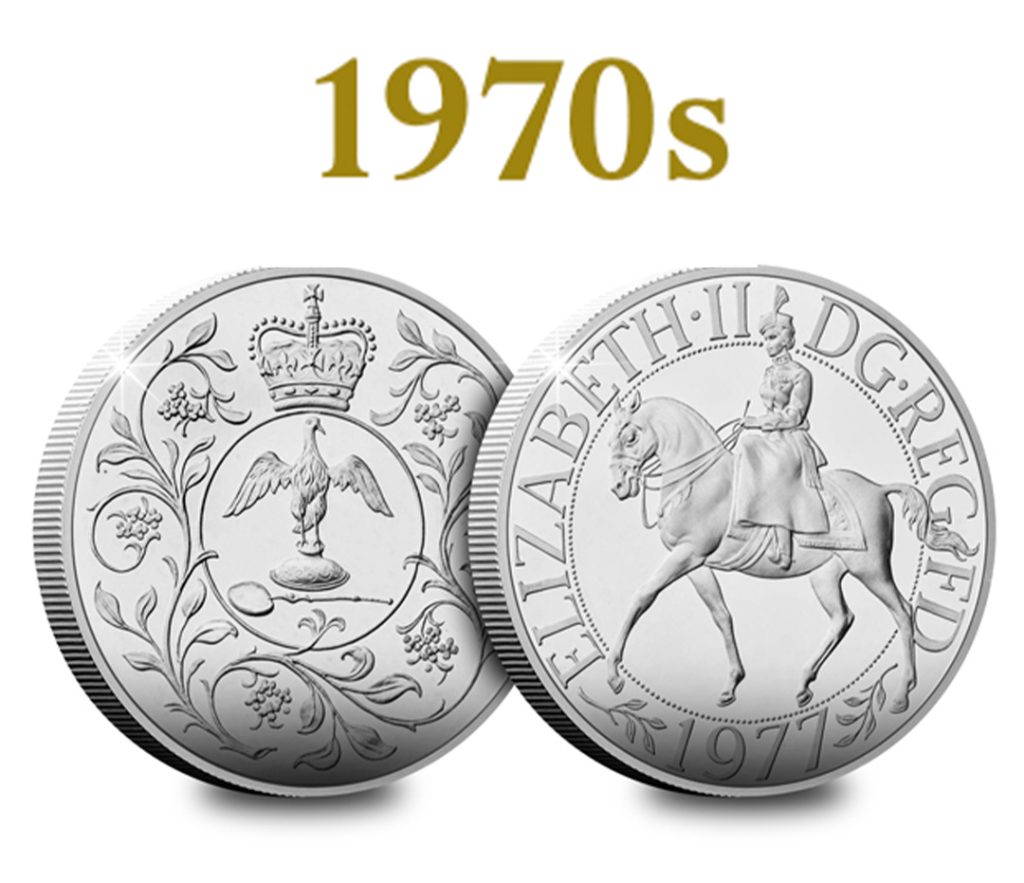
The 1970s saw Britain joining the European Economic Community and Queen Elizabeth II celebrating her Silver Jubilee in 1977. To mark 25 years on the throne, The Royal Mint issued a Crown reminiscent of the 1953 Coronation Crown, featuring Coronation Regalia on the reverse and the Queen on horseback on the obverse.
The Royal Wedding Crown
In 1981, the marriage of Prince Charles and Lady Diana Spencer was a momentous occasion. The Royal Mint commemorated the event with a Crown coin that, for the first time, featured three portraits: Charles, Diana, and the official portrait of Elizabeth II by Arnold Machin.
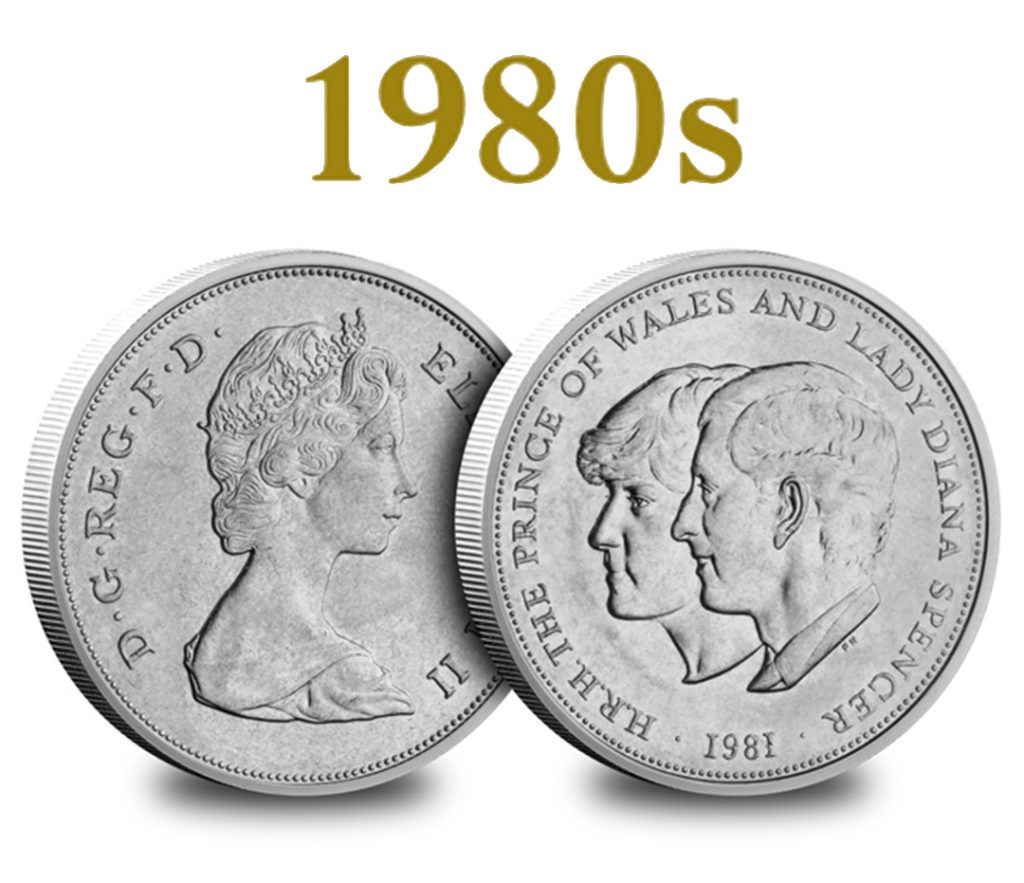
The 40th Anniversary of the Coronation
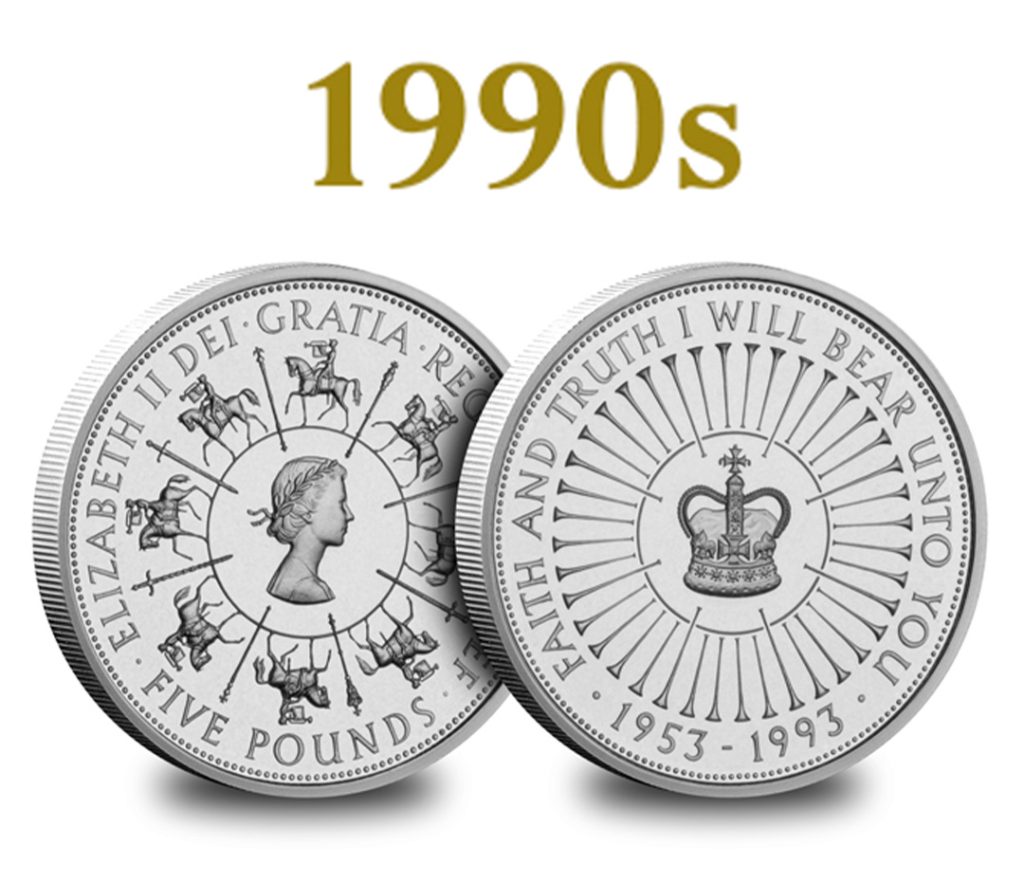
The 1990s brought the 40th anniversary of Queen Elizabeth II’s Coronation. The Royal Mint issued a special Crown in 1993, featuring Mary Gillick’s original portrait of the Queen, surrounded by a circle of eight mounted trumpeters of the Household Cavalry, with the Crown of St. Edward on the reverse.
The Golden Jubilee Crown
In 2002, Queen Elizabeth II celebrated her Golden Jubilee. To commemorate this milestone, The Royal Mint released a one-year-only Crown coin, designed by Ian Rank-Broadley FRBS, with an equestrian portrait of the Queen that echoed the design of the 1977 Silver Jubilee Crown.
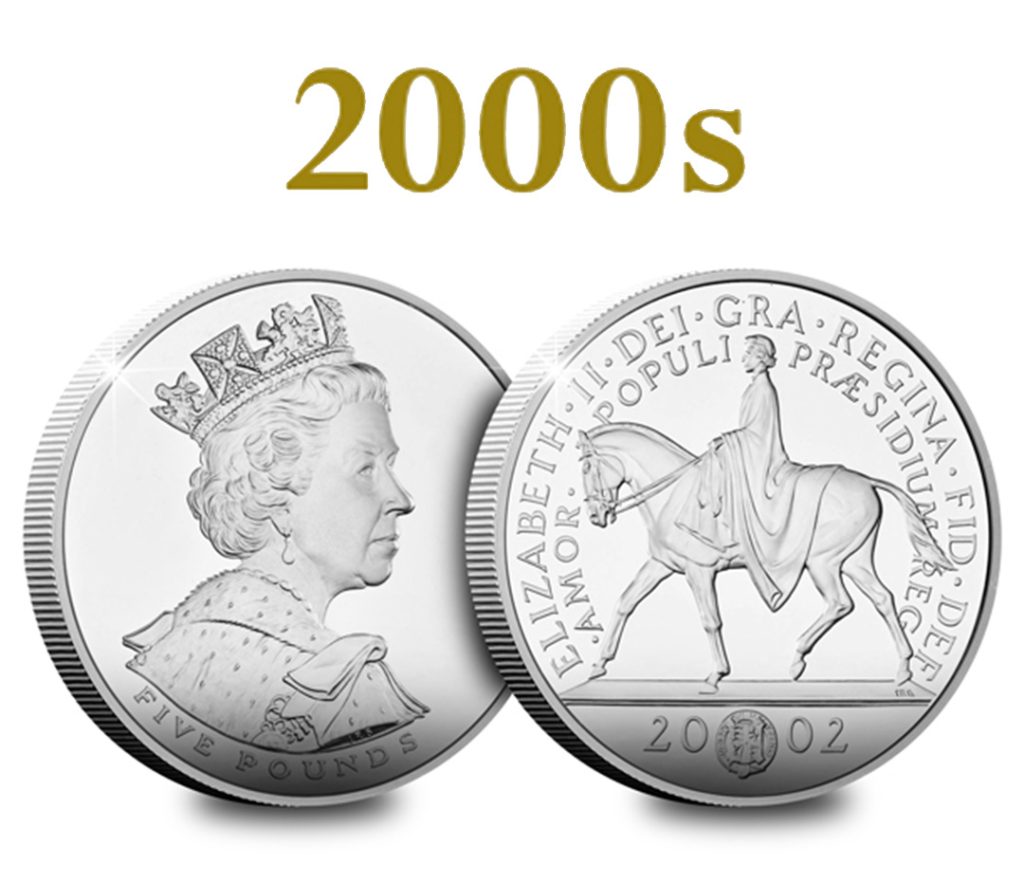
The Prince Philip Crown
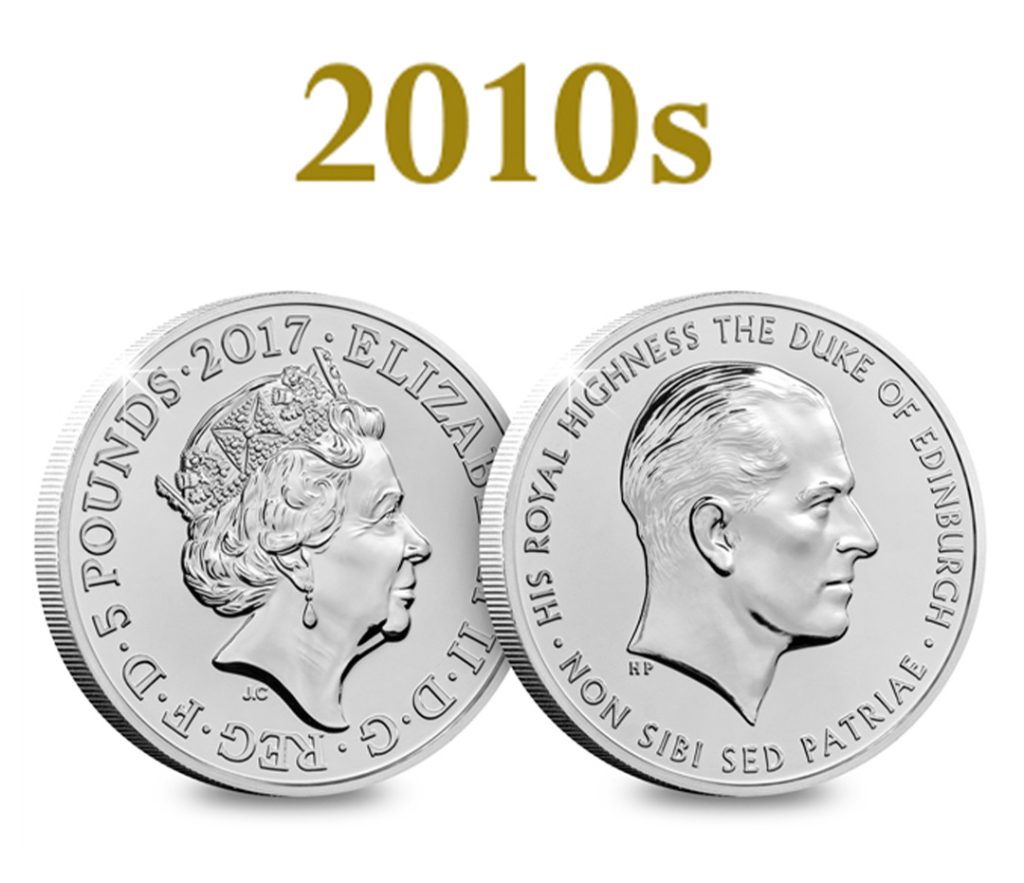
The 2010s saw Prince Philip, the Duke of Edinburgh, stepping down from public duties in 2017. Known for his service and numerous contributions, The Royal Mint honored him with a £5 coin featuring a portrait designed by Humphrey Paget.
The In Memoriam Crown
The final coin in the collection is a poignant tribute to Queen Elizabeth II’s life and legacy. Issued in 2022, this £5 coin features the last portrait of the Queen by Jody Clark, wearing the Royal Diamond Diadem Crown. The reverse marks the historic transition with the first official effigy of King Charles III.
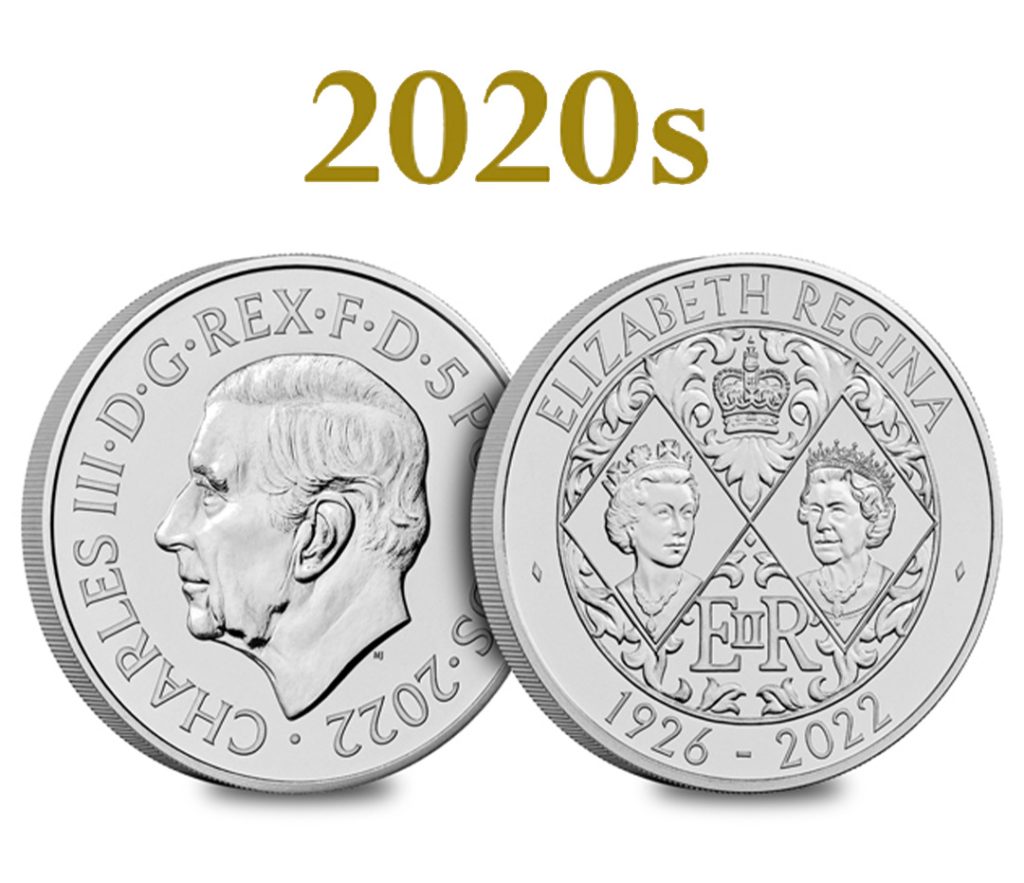
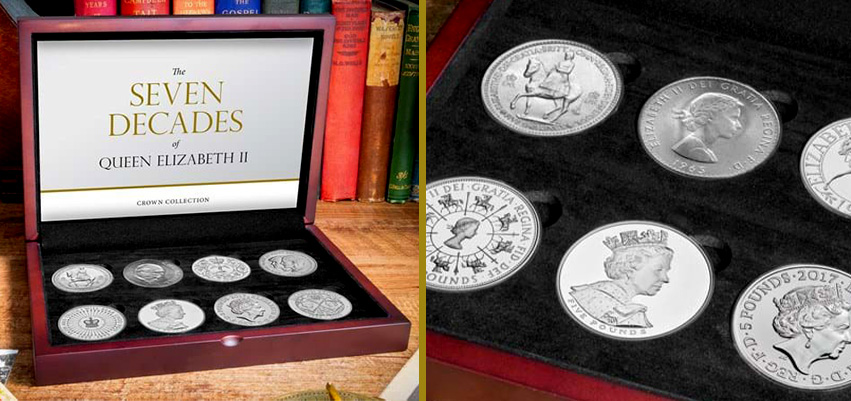
Assembled with precision and care, the Elizabeth II Decades Crown Collection is a rare opportunity to own a piece of British history. The collection is housed in a deluxe wooden presentation case and comes with a unique timeline certificate of authenticity, ensuring that your collection is not only preserved but also celebrated for years to come.
>>> Click here to secure your own Decades Crown Collection before it’s too late <<<

